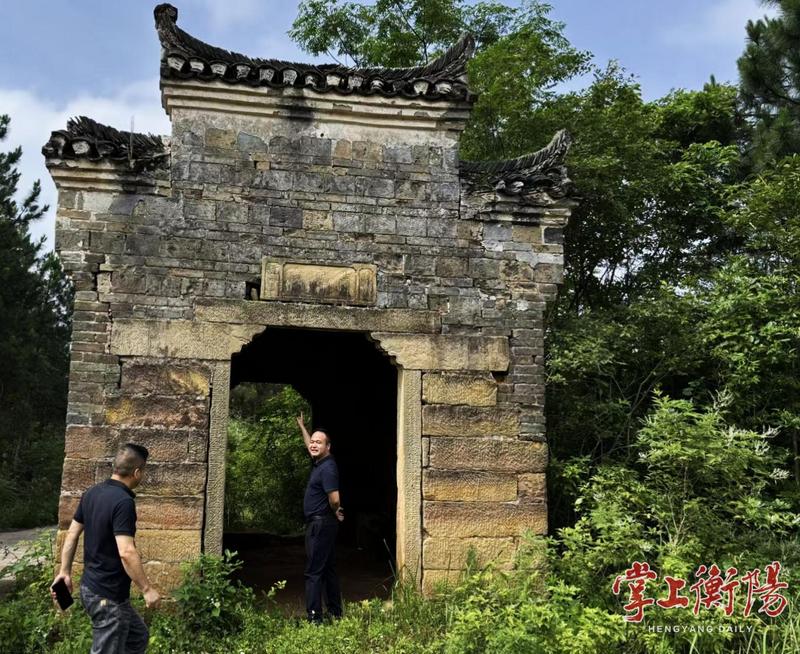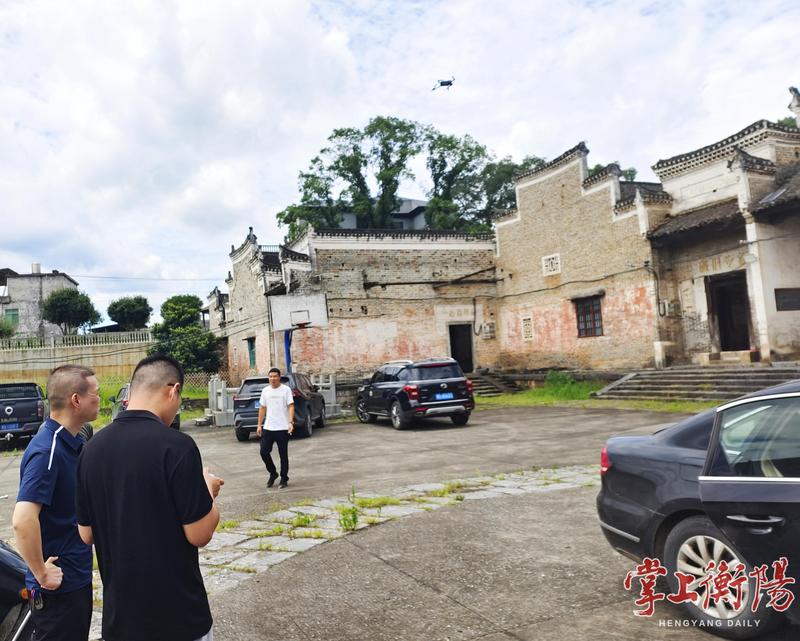| Hengyang Launches Fine-Grained Inspections of Historic Buildings and Traditional Villages |
| From:衡阳市政府门户网站 | Date Add in:2025-07-05 09:22:23 [A A] |
|
Brick by brick, they carry the memory of the city; village by village, they sustain the roots of history. In recent days, a comprehensive “health check” for the city’s cultural heritage has quietly unfolded. According to arrangements by the Hengyang Municipal Housing and Urban-Rural Development Bureau, the Municipal Housing Safety Management Service Center has mobilized a skilled team to conduct blanket inspections of 96 historic buildings, 11 traditional villages, and 1 nationally recognized historic town across the city. Through meticulous management, they aim to safeguard this shared cultural gene.
Following the principle of “one policy for each building, one file for each village,” the inspection experts scrutinized the “bones and visage” of old structures, formulating tailored “prescriptions” for each cultural asset. For the 52 historic buildings in urban districts and 44 in county seats, the focus was on assessing the structural safety and stability, carefully recording even the slightest changes in their appearance. Every crack in a wall and every trace of decay on a wooden beam was photographed and documented in detail.
The inspection teams visited 11 traditional villages, paying close attention to whether their overall layout remained intact. They focused particularly on hidden hazards brought about by the erosion of time: roof leaks in ancient dwellings, tilting old walls—nothing escaped the experts’ discerning eyes as they worked to preserve the “texture” and “soul” of these centuries-old villages. For the historic cultural town, the teams examined the state of preservation in core protected areas, checked whether surrounding infrastructure and commercial development complied with regulations, and evaluated whether they harmonized with the town’s historic character.
Experts conducted on-site surveys, captured extensive imagery, and interviewed residents, creating thorough “health records” for each heritage site. These files included not only assessments of the current condition but also lists of potential hazards and customized recommendations for remediation. When problems were identified, rectification notices were issued to management units on the spot, specifying repair deadlines and technical requirements to ensure protection measures were effectively implemented.
Everywhere the experts went, they also served as “cultural ambassadors.” In Shiwang Village of Leiyang, Aunt Li, a local resident, was deeply moved after listening to the expert explanations: “I didn’t realize these old houses are living treasures. From now on, if I see any damage, I’ll report it right away.” Many residents remarked that the inspections and talks helped them understand the true value of the “old houses,” and that everyone should contribute to protecting the city’s memory.
This comprehensive inspection is a crucial step in building the city’s historical and cultural heritage protection system. Based on the detailed survey data, the city will develop tailored conservation plans—“one plan per site”—and prioritize emergency restoration for endangered structures. A digital management platform for cultural heritage will be established to enable dynamic, full-lifecycle monitoring of protected sites. Meanwhile, the city will promote a conservation model led by the government, with active participation from society and adaptive reuse as a guiding principle. Through these efforts, Hengyang’s “sleeping” cultural heritage will be revitalized through appropriate use, transforming it into living landscapes that citizens can access and experience. Translator: Jing |
Co-sponsored by Information Office of Hengyang Municipal People's Government Technical Support & Design:Hengyang Normal University
ICP NO:05002289


